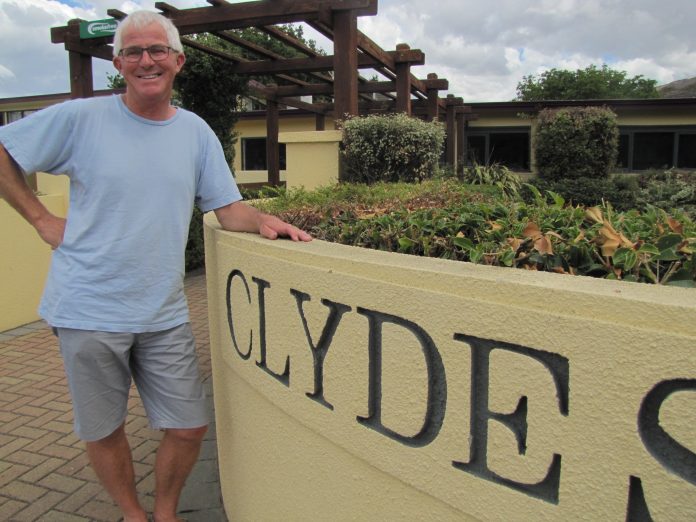A large globe representing the planet Earth used to revolve from the ceiling of Canterbury Museum’s Geology Hall.
As a boy I was fascinated with the globe’s detail and the colours of our beautiful planet. Once as a pupil in a museum education lesson, we were told that the thickness of the paint on the globe was equivalent to the thickness of the life-sustaining air that envelops our planet.
At the time Apollo missions were sending back stunning photos of the Earth with swirling clouds marking our weather systems.
We could all see that our planet is a small, beautiful and fragile orb in the vastness of space.
When viewed from space our atmosphere is seen as a fragile thin blue film which, only 12km above our heads, is no longer hospitable to life. When glider pilots reach 10,000 feet in our mountain wave systems we must turn on our oxygen systems.
Even if you stand on top of the 2000m-high Central Otago peaks we can see from home, the human body begins to struggle through lack of oxygen, as those who venture into these high places will have found through a shortness of breath.
Because the sky above us seems so limitless, humans have paid scant regard to what we empty into it.
The science is now clear that human activity is responsible for unprecedented changes in our weather and climate.
This summer’s weather events and the rapid shrinking of the glacial ice on the Southern Alps have presented us with confronting evidence that climate change is rapid and dramatic.
When we first moved south to live in Omarama 30 years ago we used to walk with our young family up to the small tarns at the terminal of the Tasman Glacier.
Today tourist boats ply a 5km lake which has replaced the melting ice of the glacier as it retreats up the valley.
As a country our contribution to the global total of atmospheric trash is small but we have not shown any sustained reductions in our gross greenhouse gas emissions since 2005. We are the fourth-highest producer of gross emissions per capita in the OECD and the households of our largest city, Auckland, have a carbon footprint 15% higher than the rest of us.
I would have thought that the city’s recent weatherrelated disasters might have been a reality check for Auckland’s inhabitants but perhaps not.
A recent review of the Ford Ranger Raptor in The New Zealand Herald’s Driven motoring page enthused over its 300kW twin turbo V6 and the prodigious thirst for fossil fuel that comes with that.
The review, published on April 22, concluded that ‘‘yeah, for sure we all need to start taking responsibility for the crap we pump into the atmosphere, but . . . damn this thing is seriously fun’’.





